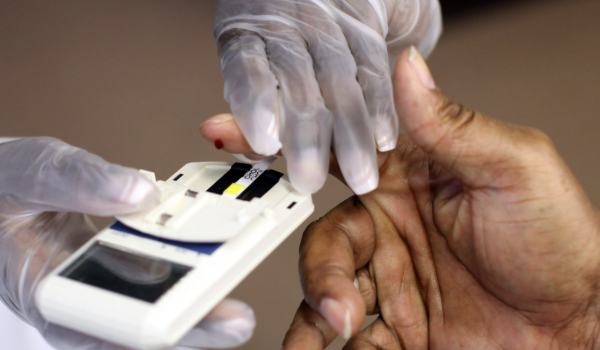
Cholesterol is a fatty substance that plays a vital role in your body by helping in the production of hormones, vitamin D, and substances for digestion. However, too much cholesterol can lead to plaque buildup in the arteries, restricting blood flow to your heart and brain, increasing the risk of heart disease and stroke. This plaque buildup, known as atherosclerosis, underscores the importance of regular cholesterol screenings.
Since high cholesterol typically doesn’t show symptoms, it’s crucial to monitor your cholesterol levels routinely. Here’s a guide on how often you should schedule cholesterol screenings based on your age, lifestyle, and health status.
When Should You Get Cholesterol Screened?
The frequency of cholesterol screenings depends on factors like your age, medical history, lifestyle, and genetic risk. As you get older, it becomes increasingly important to keep track of your cholesterol. Here’s a general timeline for cholesterol testing:
For Children and Adolescents:
The American Heart Association recommends that all children get their first cholesterol test between the ages of 9 and 11. After the first screening, a follow-up is recommended every 5 years if their cholesterol levels are normal. If a child has risk factors such as obesity, diabetes, or a family history of heart disease, more frequent testing may be necessary.
For Adults Aged 20 and Older:
Healthy adults should have their cholesterol checked every 4 to 6 years. However, those with borderline or unhealthy cholesterol may need to get tested every 1 to 2 years. If you have high cholesterol or heart disease risk factors, your doctor might recommend annual testing.
For Older Adults:
Once women reach menopause and men turn 65, cholesterol levels can begin to rise. At this stage, cholesterol testing is recommended at least once a year for both men and women, especially if they have risk factors for heart disease.
Understanding Your Risk Factors
While age and gender play a significant role in determining how often you need cholesterol testing, other factors also influence your cholesterol risk. These factors include:
- Family History: If close relatives have high cholesterol or heart disease, your risk is higher.
- Weight: Excess weight, particularly around the waist, can stress your cardiovascular system.
- Blood Pressure & Blood Sugar: High blood pressure and diabetes increase your risk of developing atherosclerosis.
- Lifestyle Habits: Smoking, poor diet, lack of exercise, and excessive alcohol consumption can negatively affect cholesterol levels.
What Does a Cholesterol Test Involve?
A cholesterol test involves a simple blood sample, typically taken from your arm. No special preparation is needed unless your doctor asks you to fast for 9 to 12 hours before the test. Cholesterol tests are often part of routine wellness checkups.
The test provides key measurements:
- Total cholesterol
- LDL (bad) cholesterol
- HDL (good) cholesterol
- Triglycerides (fat in the blood)
Your doctor will interpret these results and recommend steps to improve your cholesterol if necessary. Lifestyle changes, such as a heart-healthy diet, exercise, and smoking cessation, are often the first course of action. If lifestyle changes don’t suffice, medication may be needed.
What Do Your Cholesterol Numbers Mean?
Here’s what your cholesterol results should look like:
- Total cholesterol: Ideally, under 200 mg/dL. Between 200-239 mg/dL is borderline high, and 240 mg/dL or above is high.
- LDL (bad) cholesterol: Ideally, under 100 mg/dL. If you have heart disease, an LDL level under 70 mg/dL is optimal. Anything over 160 mg/dL is concerning.
- HDL (good) cholesterol: Higher levels are better. Below 40 mg/dL for men and 50 mg/dL for women is undesirable.
- Triglycerides: Ideally below 150 mg/dL.
While cholesterol numbers are important, your doctor will assess your overall cardiovascular risk by considering other factors, such as underlying health conditions.
Improving Your Cholesterol
Making lifestyle changes can help lower your cholesterol and improve heart health:
- Exercise regularly for at least 30 minutes most days
- Maintain a healthy weight
- Eat more fiber-rich foods like fruits, vegetables, and whole grains
- Limit saturated fats, trans fats, and dietary cholesterol
- Cut down on processed foods, salt, and added sugars
- Limit alcohol intake or avoid it completely
- Quit smoking and stay away from secondhand smoke
- Practice stress management techniques
By making small but sustainable changes, you can improve your cholesterol levels and reduce the risk of heart disease. Regular cholesterol screenings will allow you to track your progress and ensure you’re staying on the right track for long-term heart health.












